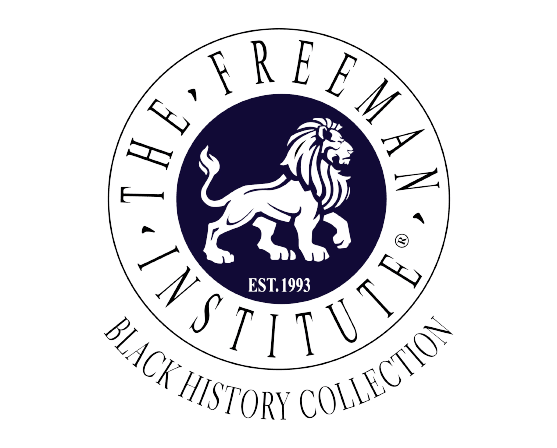
Reports of the Committee on the Conduct of the War: "Fort Pillow Massacre"

and also a report titled "Returned Prisoners", no date of publication, but probably May, 1864 just after the reports were made public. Graphic Eyewitness testimony and question and answer sessions. Four prints of prisoners. In April 1864, the Union garrison at Fort Pillow, a Confederate-built earthen fortification and a Union-built inner redoubt, was overlooking the Mississippi River about forty river miles above Memphis, under the command of Maj. Lionel F. Booth. Confederate Maj. Gen. Nathan Bedford Forrest attacked the fort on April 12 with a cavalry division of approximately 2,500 men. Approximately 300 African American troops were massacred here. Up to that time comparatively few of our men had been killed; but immediately upon occupying the place the rebels commenced an indiscriminate butchery of the whites and blacks, including the wounded. Both white and black were bayoneted, shot, or sabred; even dead bodies were horribly mutilated, and children of seven and eight years, and several negro women killed in cold blood. Soldiers unable to speak from wounds were shot dead, and their bodies rolled down the banks into the river. The dead and wounded negroes were piled in heaps and burned, and several citizens, who had joined our forces for protection, were killed or wounded. Out of the garrison of six hundred only two hundred remained alive. Three hundred of those massacred were negroes; five were buried alive. Casualties were high and only sixty-two of the U.S. Colored Troops survived the fight. Many accused the Confederates of perpetrating a massacre of the black troops, and that controversy continues today. The Confederates evacuated Fort Pillow that evening so they gained little from the attack except to temporarily disrupt Union operations. The Fort Pillow Massacre became a Union rallying cry and cemented resolve to see the war through to its conclusion. The massacre at Fort Pillow had raised the question in every mind; does the United States mean to allow its soldiers to be butchered in cold blood?
Send a Message
Contact Us
Office location
Gambrills, MarylandGive us a call
(410) 991-9718Send us an email
[email protected]Other website
freemaninstitute.com/Collectmain.htm